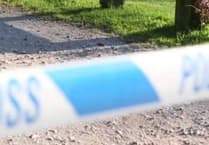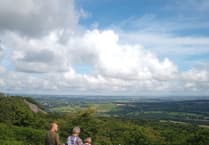SIRI WHITE, of Newton Abbot, writes:
If we want our children to appreciate and love wildlife then we should be showing them how we welcome and encourage wildlife into our otherwise urban spaces, and we should be giving them the chance to see it.
A verge that is cut less frequently and at sensitive times of the growing season is great for wildlife – it gives wildlife a chance.
Yes, dog mess is a problem, litter is a problem, but these issues are as much a problem of pavements and tarmac surfaces as they are with verges and should certainly not be the motive for cutting a verge unnecessarily.
Although mainly driven by budget cuts, I absolutely support a reduced verge-cutting regime and welcome the life, colour and variety it brings to our verges. For the first time in years, flowers and grasses in our urban spaces are being given a chance to flower and seed, supporting a whole host of wildllife including essential pollinators such as honey bees and hoverflies.
Perhaps take a few minutes on your journey into town, or your commute to work, to think about just what flowers and creatures live in a verge. Even better, take a minute to stop and look closely at a verge and see exactly what nature lives there.
I appreciate that in some cases there may be a need to more actively enrich a verge with the addition of some wildflower seeds and some yellow rattle.
Equally, verge cuts are still needed to make sure scrub doesn't encroach and lead to a loss of grassland, but no more than one or two cuts a year are needed where cutting is not safety-critical.
As a nation that prides itself on its love of wildlife, supporting a reduced grass cutting regime is an opportunity to demonstrate just that.




Comments
This article has no comments yet. Be the first to leave a comment.